Several criteria come to mind when trying to pick a type of flooring for your bathroom. Does it correspond with the design style? Is it easy on the wallet? Will it withstand moisture and humidity? While these factors are certainly worth accounting for, there’s another question that may actually be a priority: is it slip-resistant?
A bathroom floor with anti-slip properties can greatly reduce the risk of falling and getting seriously injured. Considering this factor is especially crucial if you or someone in the household isn’t very steady on the feet. Getting familiar with a variety of non-slip flooring options will allow you to make the most viable choice for your bathroom.
What is Anti-Slip Flooring?
It’s not uncommon for falls to happen at any given time. This is because there isn’t a type of bathroom flooring that would completely eliminate the chance of slipping. Certain flooring materials and finishes naturally tend to be smoother and more glossy, essentially making them more slippery than others. Nevertheless, there are ways you can enhance the slip resistance of bathroom flooring.
When producing anti-slip flooring, the structure of the material can be changed to make it more textured. Alternatively, you can go for flooring that is coated with a non-slip film. This coating gives the flooring a textured surface and a better grip. Another solution involves applying anti-slip sealers or paints to the flooring you already have.
Slip-Resistant Bathroom Flooring Options
There are several non-slip flooring options available. Although they don’t guarantee that you’ll never fall, these types of flooring can be made more slip-resistant using certain methods.
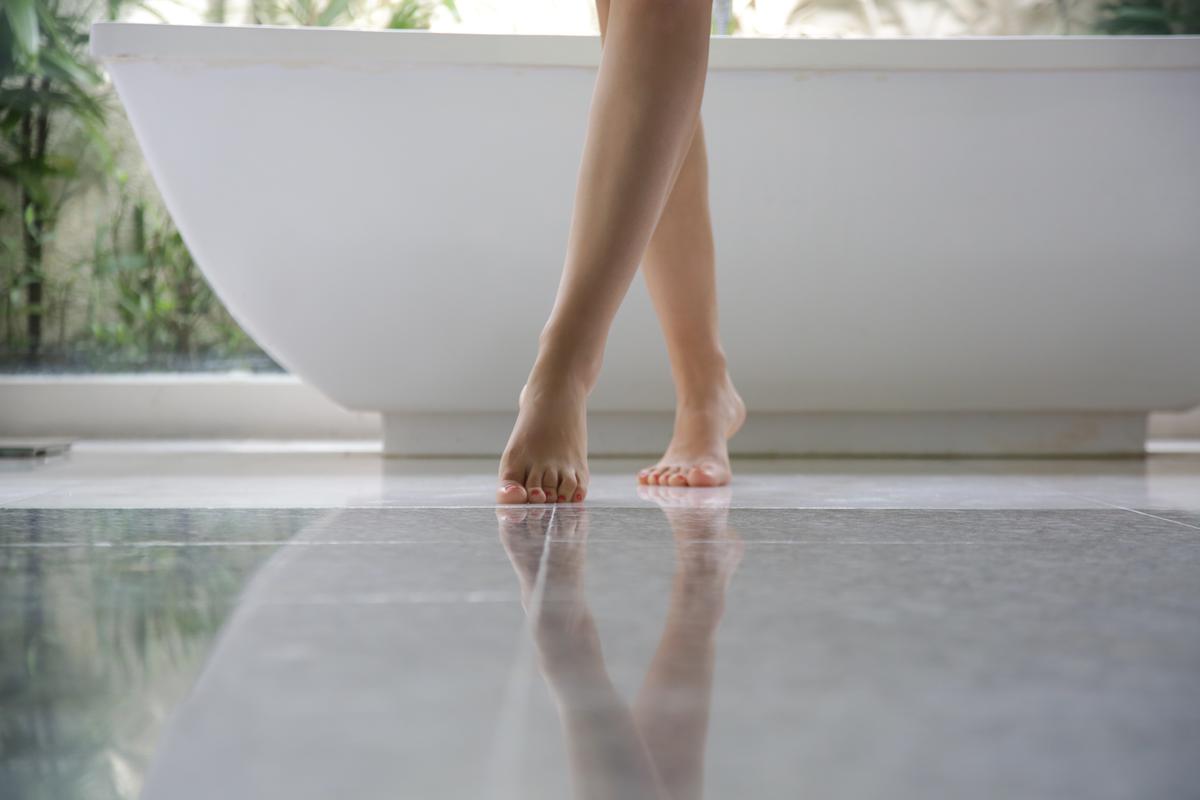
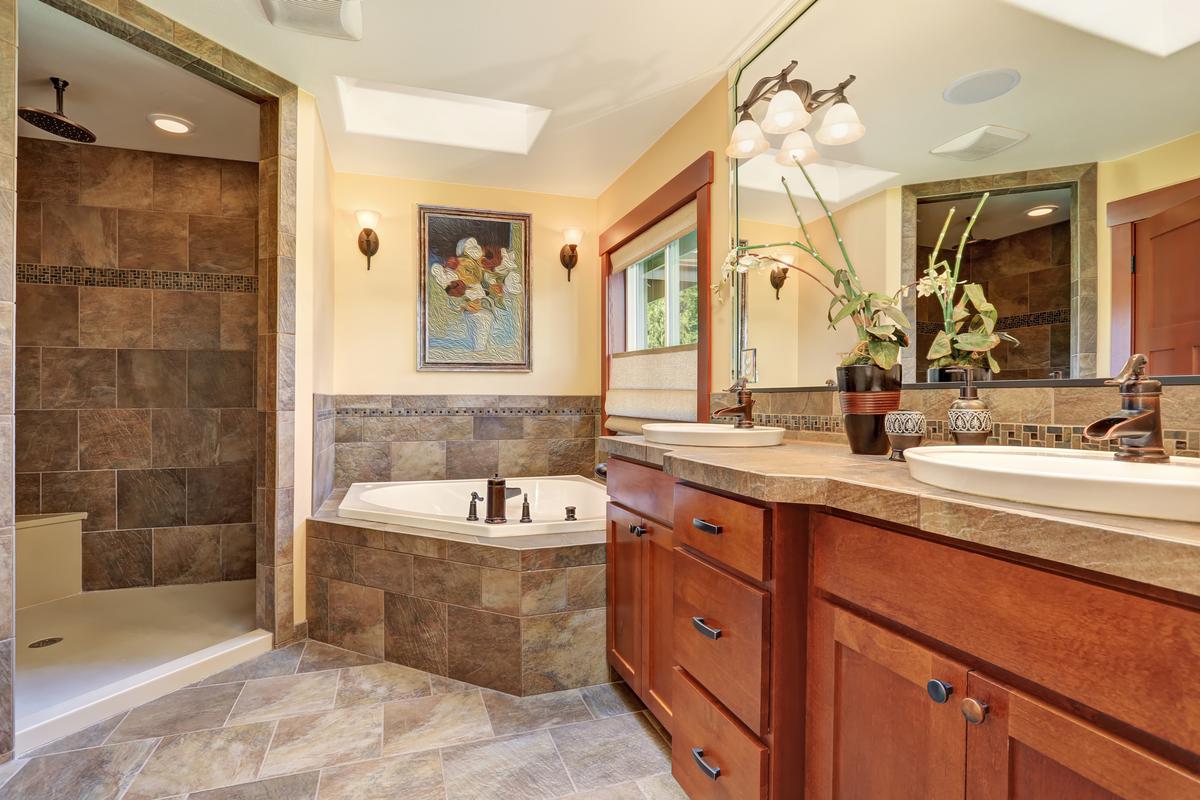
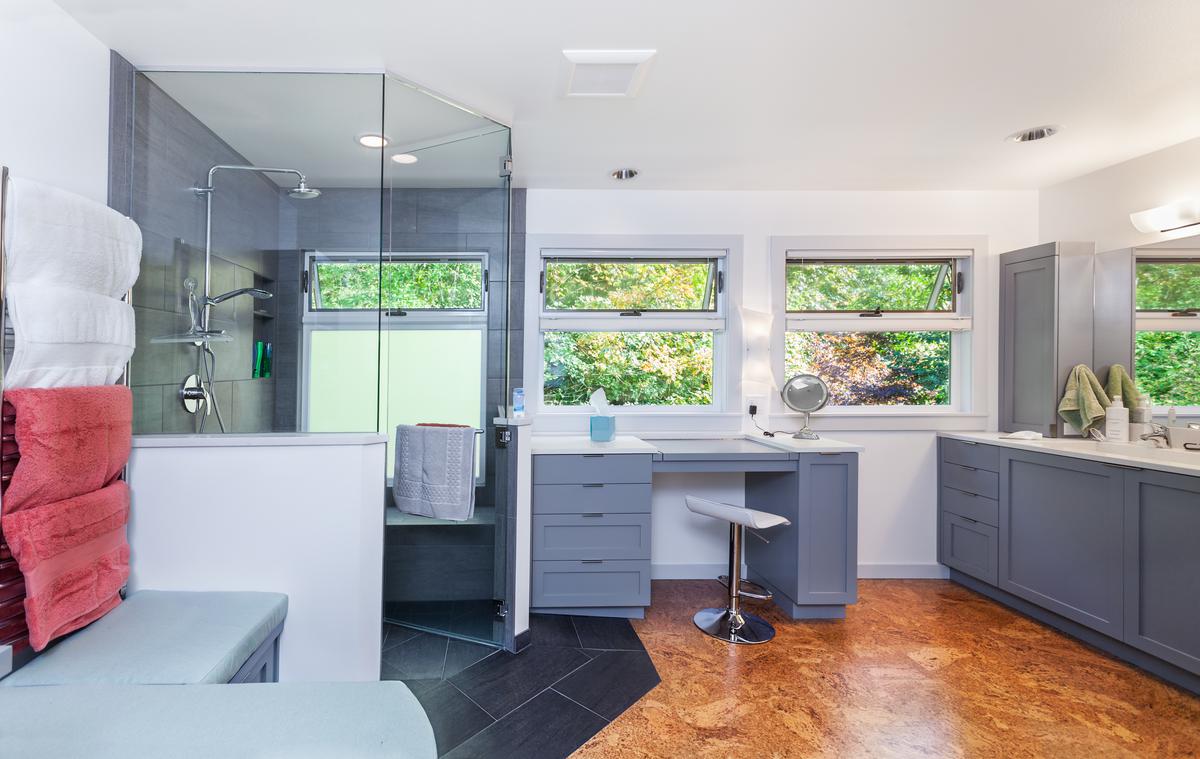
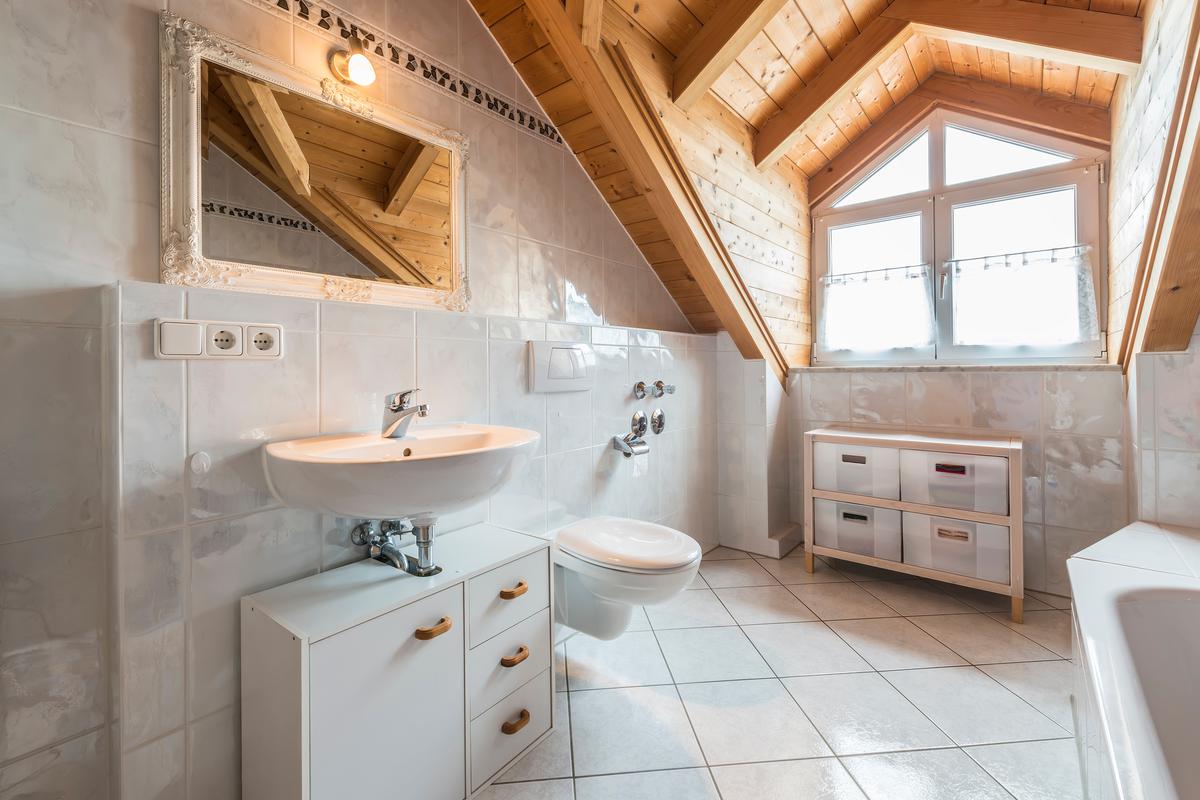
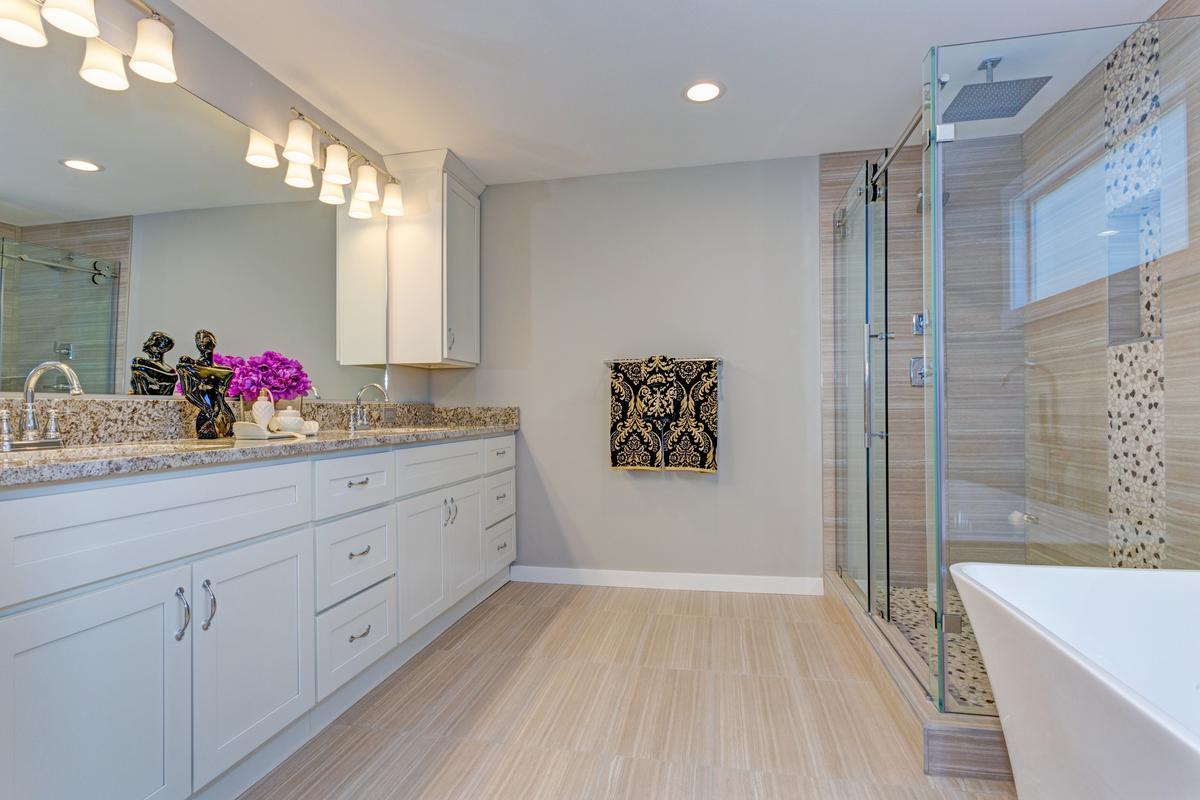
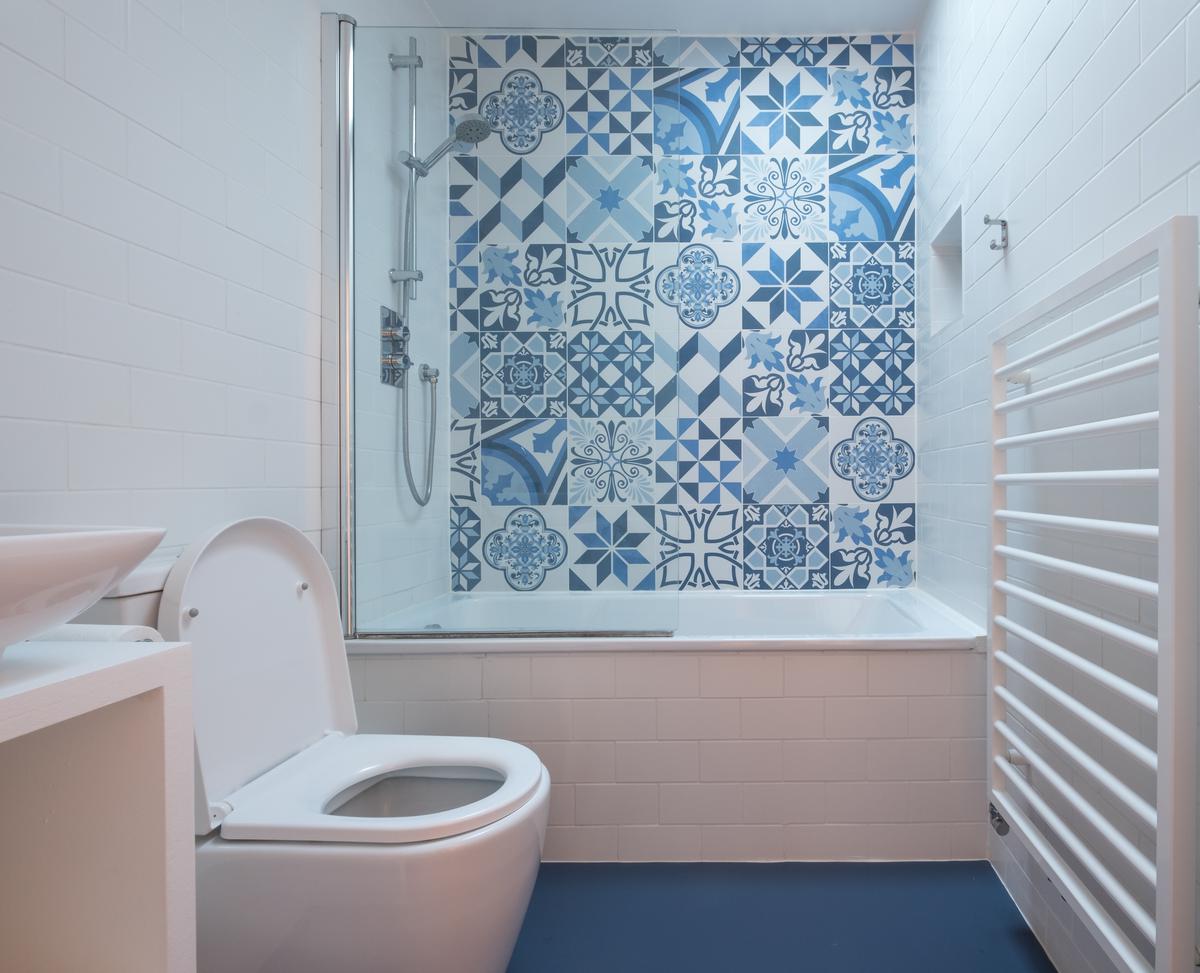
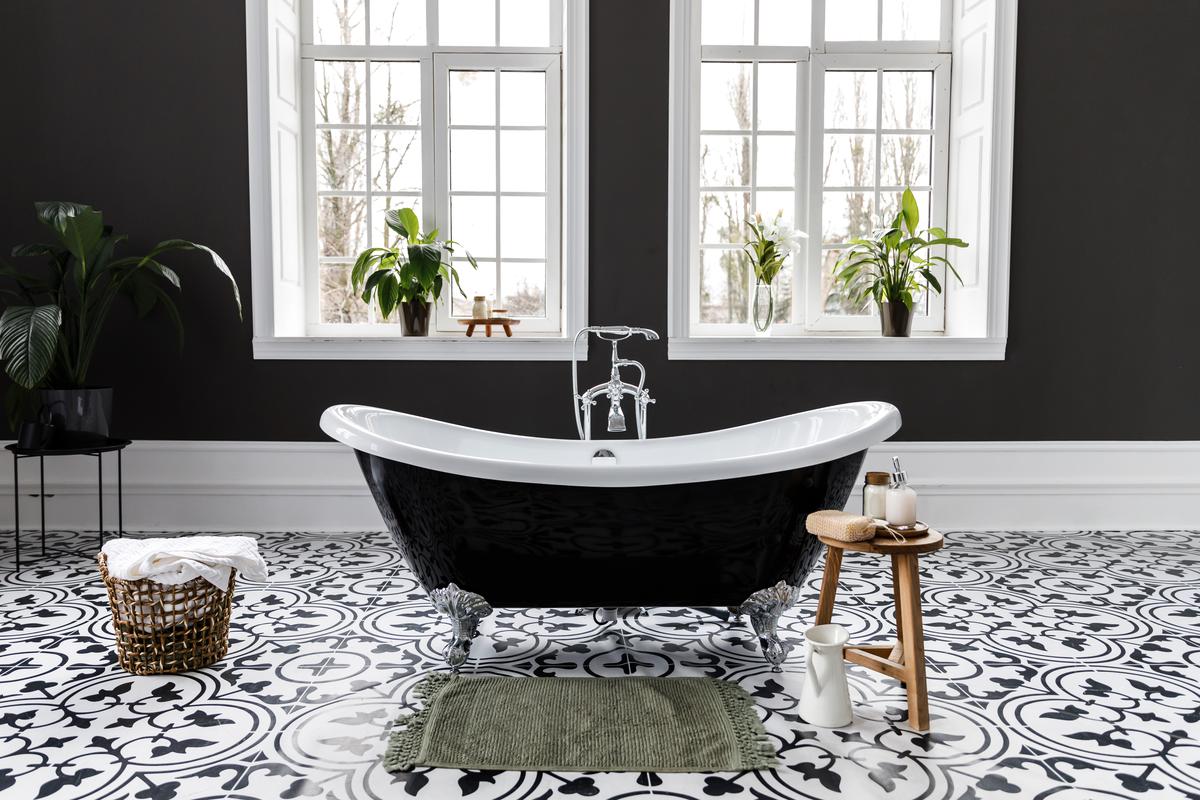

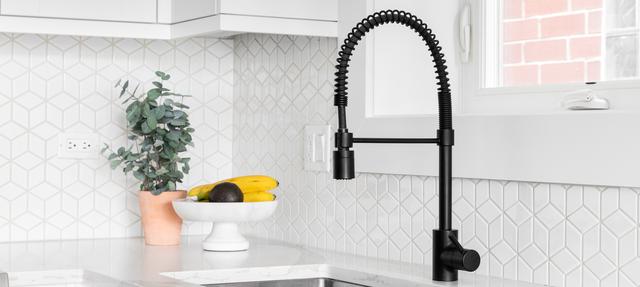
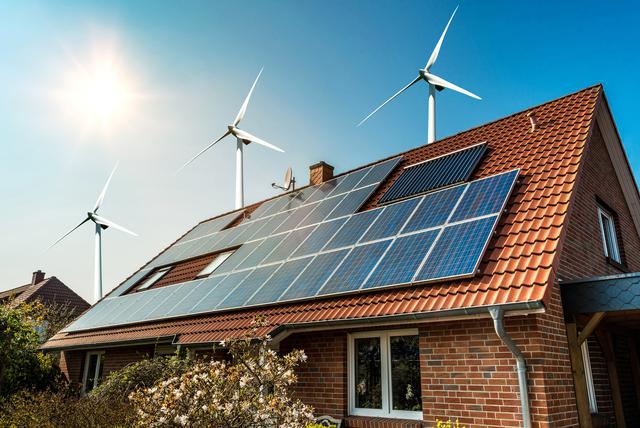

comments